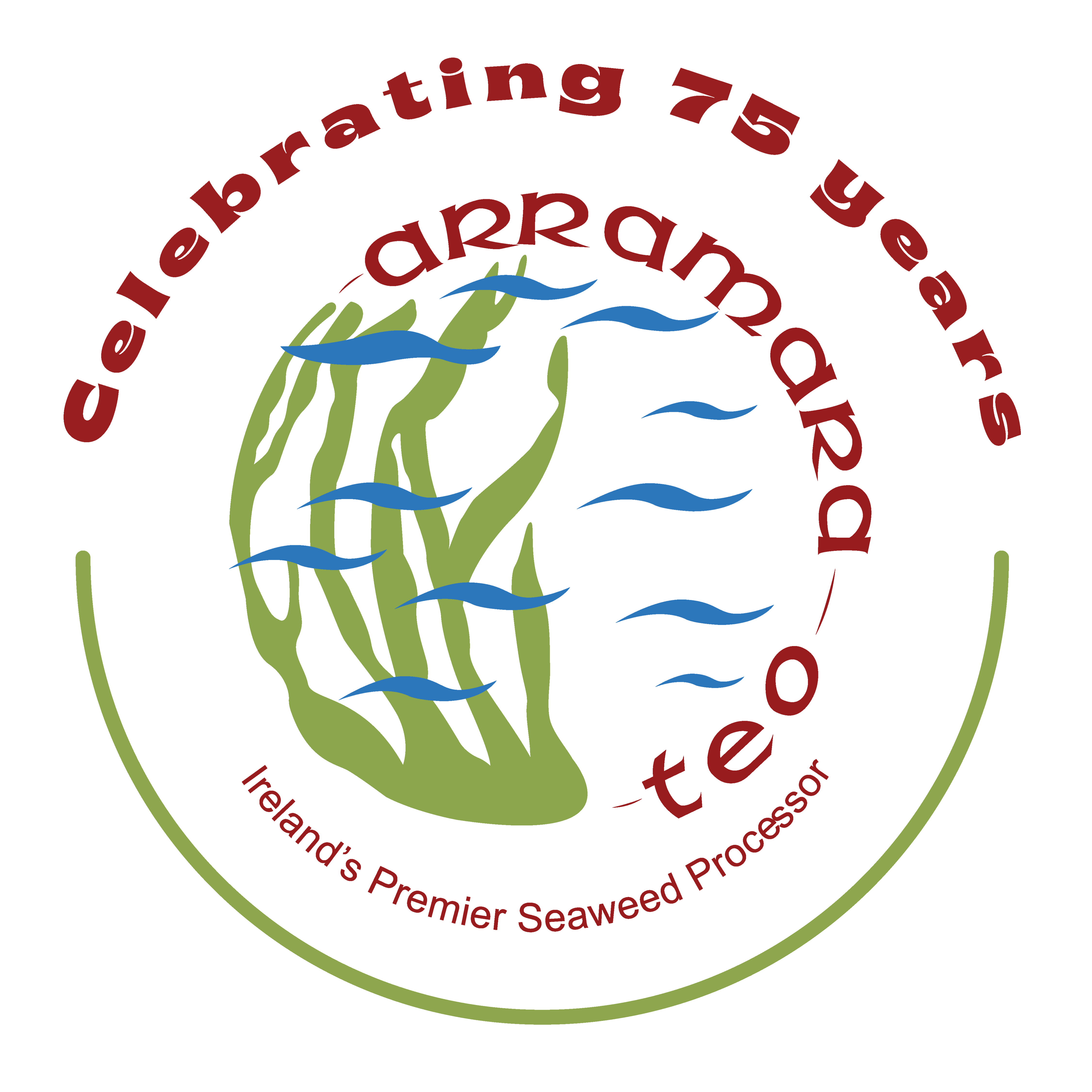To say it is awfully warm this summer is an understatement. The sweltering heat and dangerous temperatures in July pushed a nationwide Status Yellow warning, with six counties (Cavan, Monaghan, south Leitrim, Roscommon, Longford, and Westmeath) meriting a Status Orange warning with temperatures exceeding 30⁰C. Bad for anyone, but particularly bad for dairy farmers, who now have their herds at risk.
More dairy farmers across the country and around the globe are researching how to handle heat stress in dairy cows, keeping their herd cool while fostering their overall wellbeing and milk production. For those looking for ways to elevate their dairy cattle health, here are some of the actions farmers all over the world are pursuing to manage their animals’ body temperature without reducing milk yield or conception rates.
How Dairy Cattle Under Heat Stress Are at Risk
In general, cattle thrive at lower temperature ranges than humans, and these increasingly common heatwaves have pushed them far out of their optimal temperature range between 4⁰C to 21⁰C. When elevated temperatures, high humidity and other factors combine, dairy cattle can struggle to maintain and regulate internal temperatures that are healthy for them.
Though cattle have natural ways to cool themselves (panting and drooling dissipate some excess heat), it’s harder to do when humidity is high. This can lead to higher death rates, which we have seen in herds around the world ranging from thousands in San Joaquin Valley during 2020 to 24% of cattle in France’s 2003 heatwave. Even cattle that survive extreme weather events may suffer two major ramifications:
- Decreased milk production – Lactation is already a demanding process for cows, but extreme heat can put an even greater strain on their bodies. Producing milk with an ideal blend of fat, protein and lactose content requires dairy cattle to expend lots of energy. When dealing with extreme heat, lactating cows are more frugal about their energy usage, which reduces the quality of their milk. Since cattle are also eat less during hot weather, it’s harder for them to recover the nutrients and organic compounds calves and consumers expect from quality milk.
- Reduced cattle reproduction rates – In general, pregnant cows experience some level of dehydration under normal circumstances. With the rise in ambient temperatures, there is an even greater likelihood that cows will struggle with regulating their body temperatures. If more summer days and weeks stay above 21°C, then dairy farmers have to worry about miscarriages well into the second or third trimester.
Two Ways to Overcome Heat Stress in Dairy Cows
There are plenty of long-standing methods dairy farmers have used to manage heat in their lactating and pregnant cattle. Shade, air movement, proper ventilation and evaporative cooling have helped to cool down cattle during the occasional hot day over the years. However, more dairy farmers are looking for holistic solutions to ensure that their cattle maintain top performance and behaviour during extended periods of high heat:
- Selective breeding – Whether your family has raised dairy cows for generations or you’re the first one to raise cattle, you know about selective breeding. It’s one of the oldest farming practices out there. What’s different nowadays are the scientific methods used to analyse the genes of your cattle to select traits like heat-tolerance and greater feed efficiency. It’s far more intentional and informed. In fact, some researchers are experimenting with the idea of introducing heat-tolerant genes from breeds like the shorter-haired Senepol of the Virgin Islands to increase cattle resilience. As scientists further investigate this solution, they’ll need to find the right balance between milk production, conception rates and heat stress. The early breakthroughs are enough that this might be a promising method to help dairy cattle fight off the worst effects of extreme heat.
- Our Titan® for Animals products assist cattle as you try to keep them cool during high ambient temperatures and oppressive humidity. It starts with a healthy gut. Dairy cattle that receive the right organic compounds and prebiotics are able to cultivate a healthy mixture of gut flora that helps them fight off harmful microbes and utilize nutrients in a more efficient way.
With a feed regimen that includes Ascophyllum nodosum seaweed, dairy farmers can provide their dairy cows with readily absorbed, naturally balanced vitamins, minerals, amino acids and trace elements that maintain good gut functions and overall health. In the end, lactating and pregnant cows won’t suffer through the heat with a lack of essential nutrients and will have the resilience to deal with hotter temperatures in a warmer Ireland.
Ready to improve your approach to handling dairy cattle and heat stress? Our Titan® for Animals products can help your cattle achieve feed efficiency and regulate their metabolism. Reach out to our team.
Related Articles
Saved by Seaweeds: Their Important Contributions in Times of Crisis!
